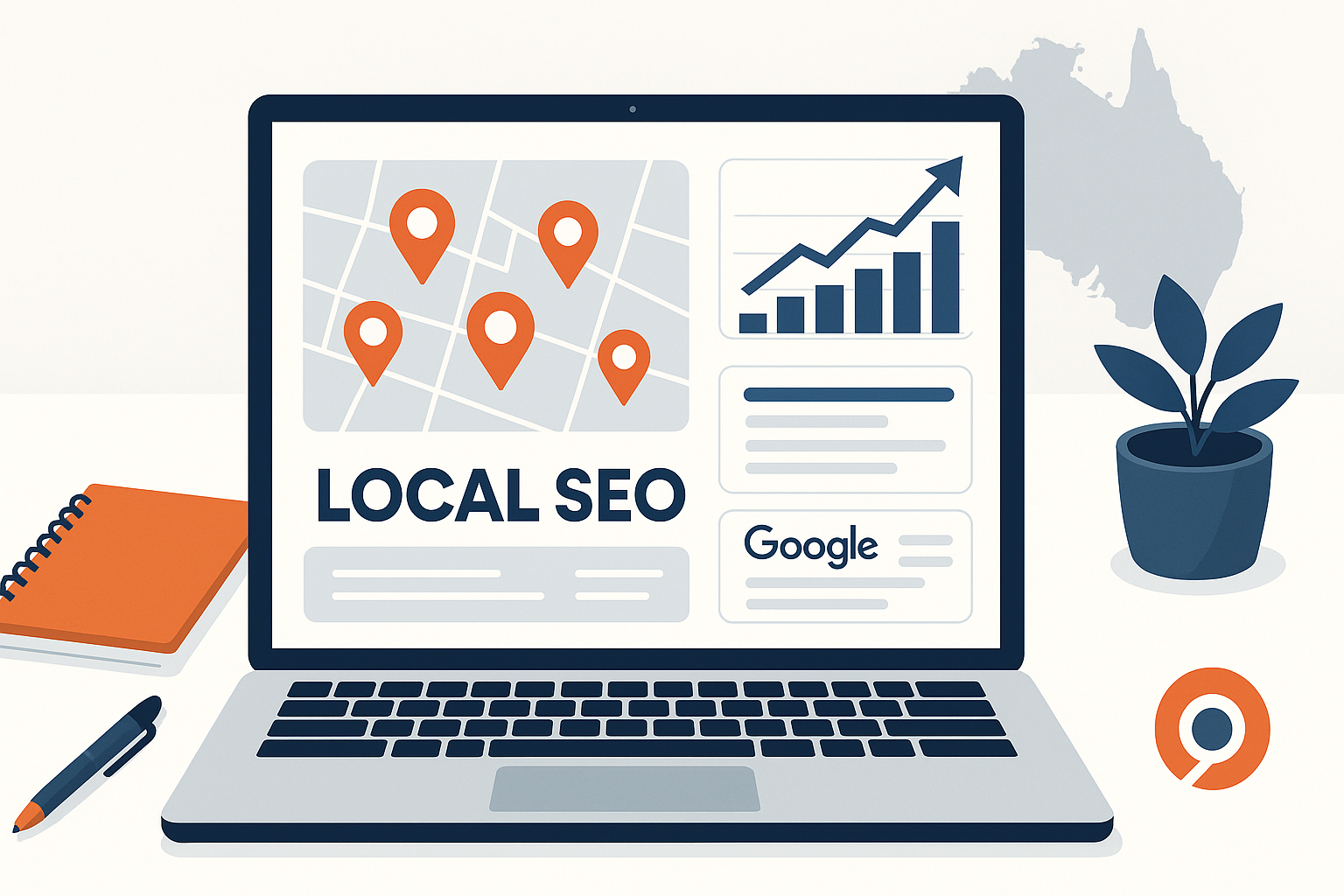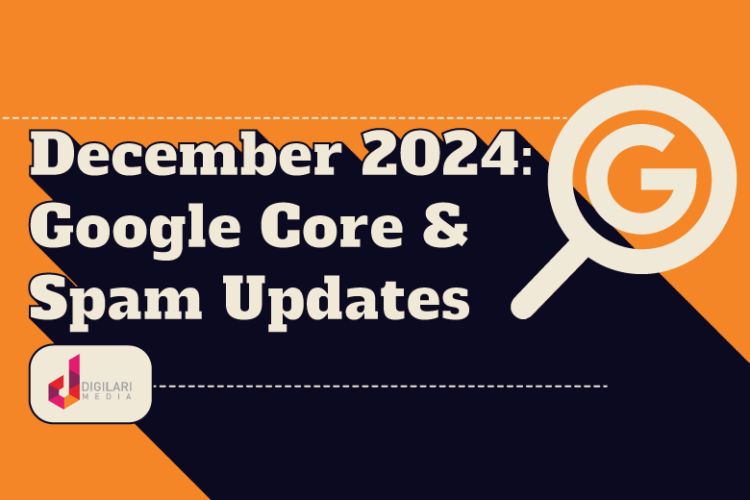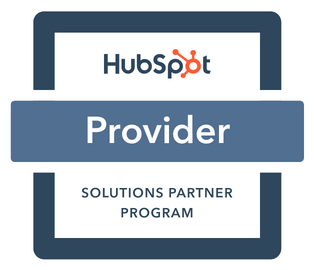
On this page
What is pagination?
Pagination is the process of dividing content into discrete pages. It is a common technique used on the web, especially when there is a large amount of content to be displayed. While pagination is not required for all types of web content, it can be very useful for certain types of content, such as long articles or blog posts. Pagination can help improve the user experience by breaking up the content into manageable chunks, and it can also help to improve search engine optimization (SEO) by making it easier for search engines to index the content. In short, pagination is a helpful tool for managing and displaying large amounts of web content.
The different types of pagination
There are 3 most common types of pagination, and each has its own strengths and weaknesses.
Pagination
First, the good old-fashioned next/previous buttons. This option is easy to understand and use, but it can be slow if you have a lot of pages to click through.
Load more
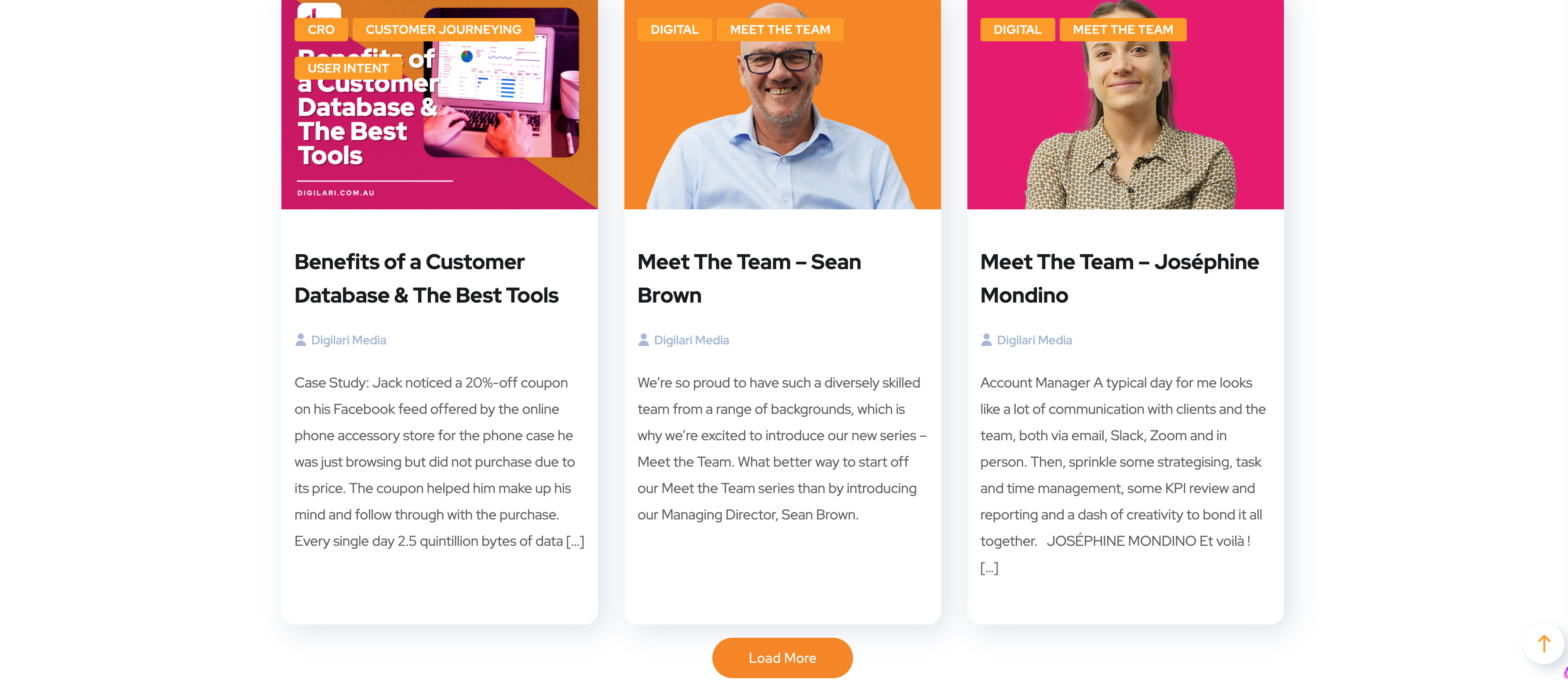
Load more is a popular option for e-commerce sites, as it allows users to see more products without having to click through to a new page. However, it can be easy to lose your place if you forget how many items you’ve loaded, and it’s not always the most user-friendly option.
Infinite scroll
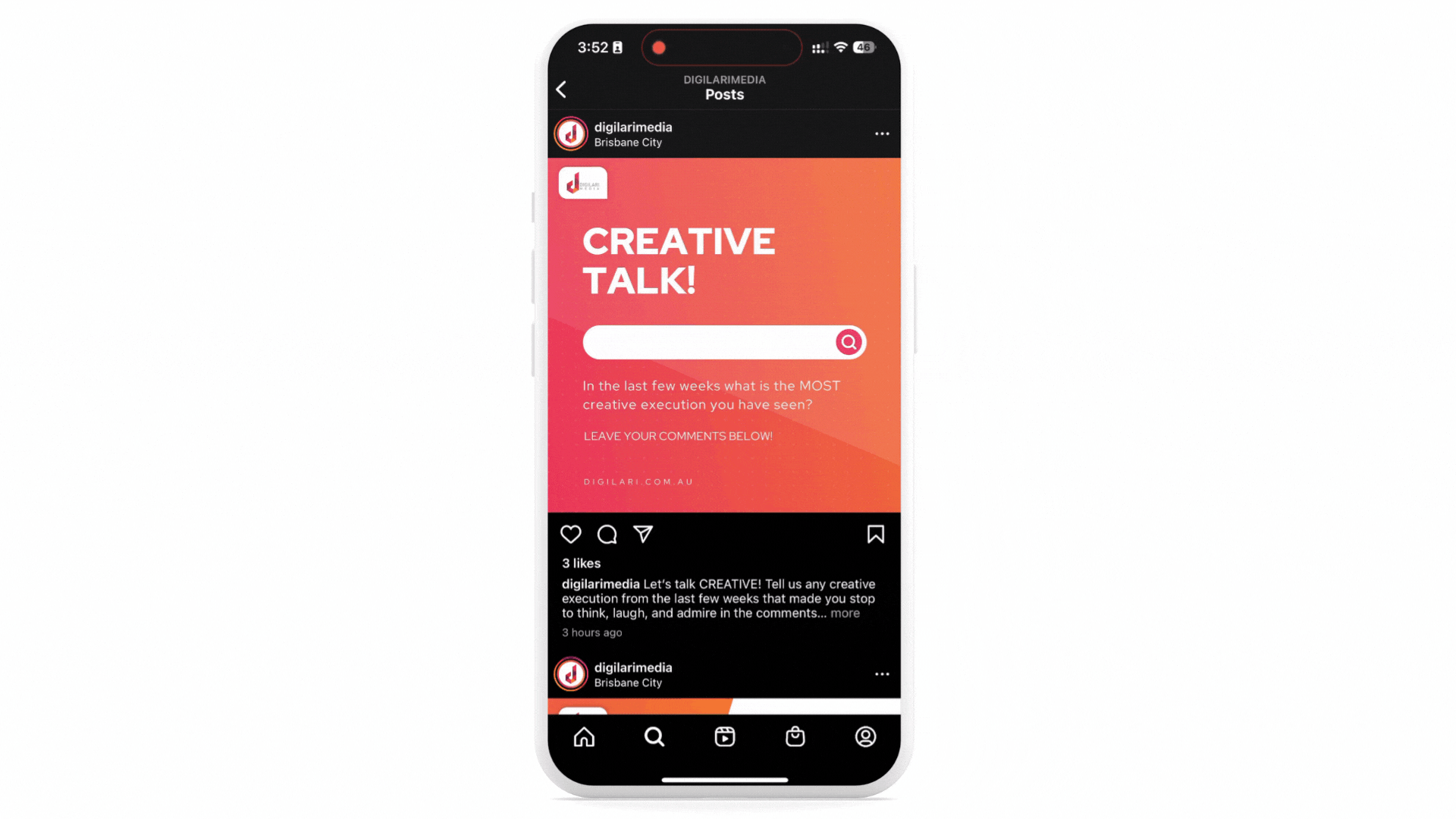
Infinite scroll is another popular choice, especially for social media sites. It’s great for keeping users engaged, but it can be hard on your server if you have a lot of content.
How to choose the right type of pagination for your website
When it comes to pagination, there are a lot of different approaches you can take. But how do you know which one is right for your website? Well, that all depends on your specific needs and goals. If you’re looking for the best possible user experience, then a linear pagination scheme is probably your best bet. This type of pagination is easy to understand and use, and it doesn’t require users to click through a lot of pages to find what they’re looking for. However, if you’re mainly concerned with SEO, then a more complex pagination scheme may be a better choice. This type of pagination can help you get more hits from search engines, but it may be confusing for users. Ultimately, the best approach is to experiment with different types of pagination and see what works best for your website.
Bother to figure it out? Contact us for a FREE website audit and strategy session today!
Implementing pagination on your website
Anyone who has ever stared at a wall of text can attest to the fact that too much information can be overwhelming. That’s where pagination comes in. Pagination is the process of breaking up content into smaller, more manageable chunks. When done correctly, pagination can make complex information easier to digest and can reduce the risk of reader fatigue.
According to Google, these are the best pagination practices you can implement on your website:
-
Link pages sequentially
-
Use URLs correctly
-
Avoid indexing URLs with filters or alternative sort orders
Link pages sequentially
First, make sure to link your pages sequentially so search engines can understand the relationship between pages of paginated content, and include links from each page to the following page using <a href> tags.
Use URLs correctly
It is important to use the same URL for each page and make sure the URLs are descriptive and SEO-friendly. For example, if you have a page about cars, it would be best to include keywords such as ‘cars’ in the URL.
Avoid indexing URLs with filters or alternative sort orders
You should also avoid indexing URLs with filters or alternative sort orders because these can be difficult for search engines to understand. For example, if you have a page of cars sorted by price, the URL should include ‘price’ instead of ‘sort=price.’
More tips for creating an effective pagination system
So, how can you create an effective pagination system?
Here are a few more tips:
- Use headings and subheadings to divide your content into sections. This will make it easier for readers to identify relevant subsections.
- Vary the length of your pages. Too much uniformity can be boring; mix things up to keep readers engaged.
- Use visuals, such as images and charts, to break up blocks of text. Not only do they add visual interest, but they can also help readers grasp complex concepts more quickly.
By following these simple guidelines, you can create a pagination system that is both effective and user-friendly.
Examples of great pagination design
Whether you’re paginating a document or an entire website, there’s no shortage of great pagination design examples to inspire you. From simple and functional to creative and eye-catching, pagination design comes in all shapes and sizes. However, there are a few things that all great pagination designs have in common.
Easy to navigate
First and foremost, they are easy to navigate. Users should be able to quickly and easily understand how the pagination works, and where they are in the overall document or website. By providing your users with customisability such as the ability to choose how many items are displayed per page or which page to navigate directly to, you will empower them with a more effective means of navigating through large amounts of content quickly.

Pagination navigation on Manutec, an agricultural and trailer part distributor based in Adelaide.

Pagination navigation on AliExpress.com
Visual appealing
Secondly, pagination designs should be visually appealing. After all, pagination is often one of the first things that users will see when they open a document or website. The pagination also must be Mobile-Friendly and offer an easy and visually pleasing navigation on both desktops and mobiles.
Conclusion
All in all, pagination is an important aspect of any website. It helps keep your visitors happy and coming back for more, while also ensuring that they have a good browsing experience, whichever device type they use. If you’re still feeling a bit lost when it comes to pagination, our specialists are more than happy to answer any questions you may have by booking a free strategy session today – we can help you determine the best type of pagination for your website and even do a web audit!

